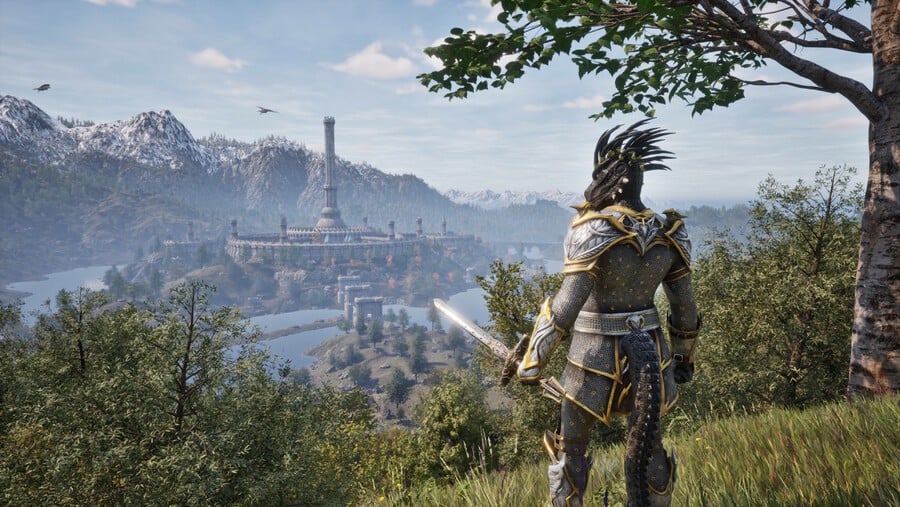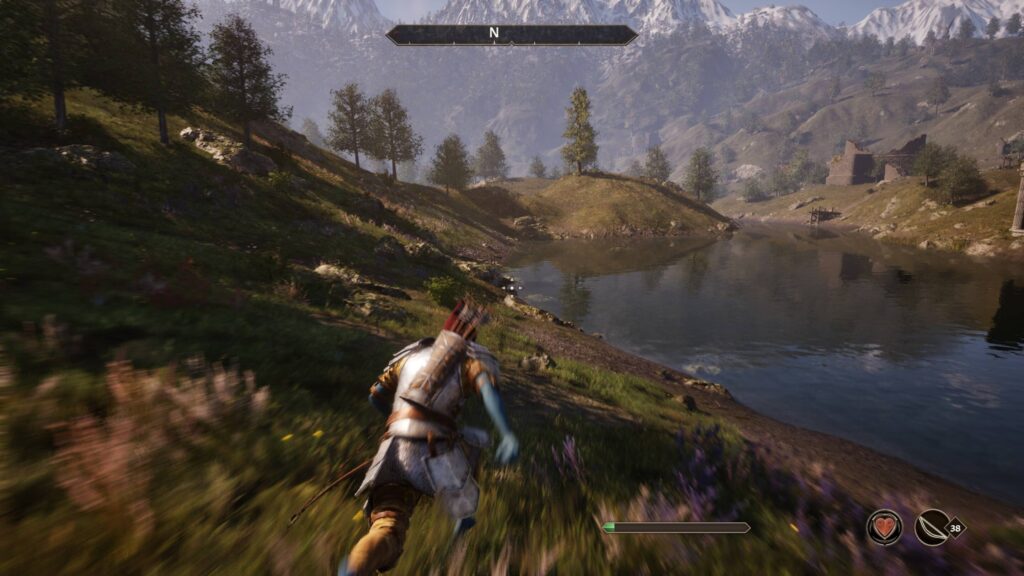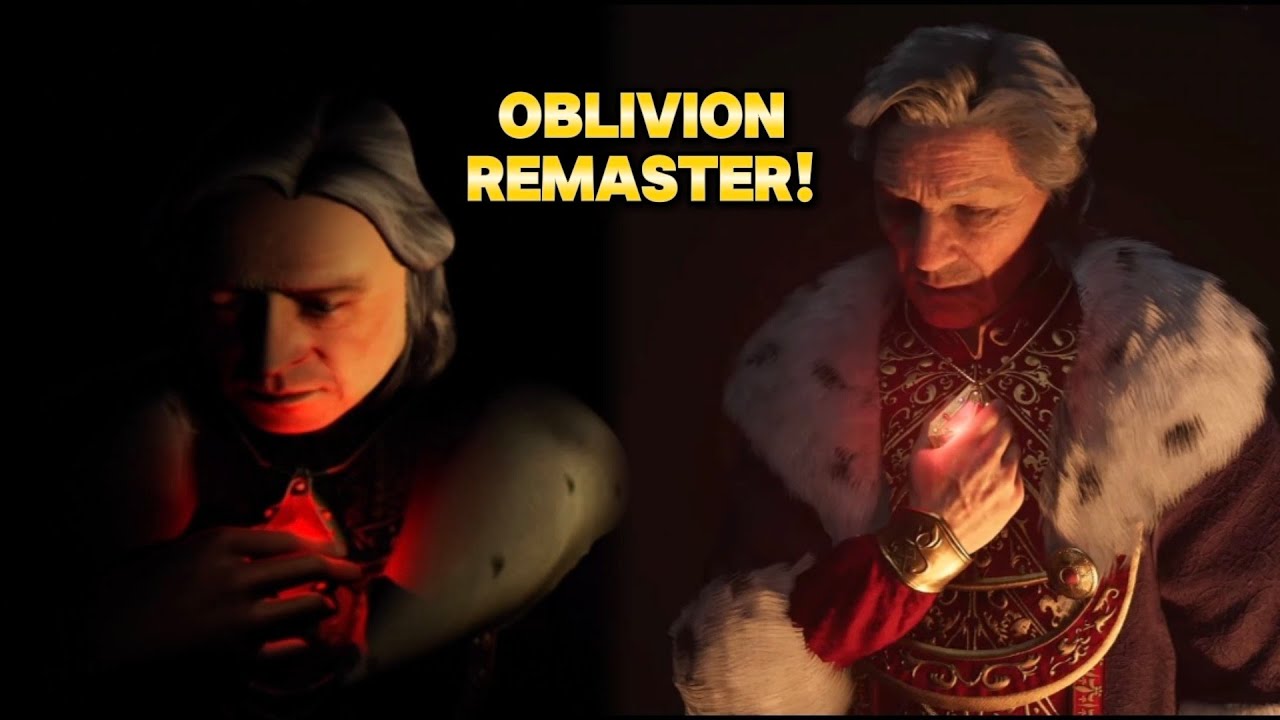How Oblivion Compares to the Original – Side-by-Side Breakdown
When it comes to video game remakes, few titles generate as much buzz as the reimagining of cult classics. The Elder Scrolls IV: Oblivion—originally released in 2006—remains one of the most influential open-world RPGs of all time. With its rumored or fan-made remakes and remasters circulating the internet, many players are asking: how does Oblivion compare to the original version?
In this breakdown, we’ll explore the key differences and similarities between modern iterations and the 2006 release, focusing on graphics, gameplay mechanics, world-building, and accessibility.
Visual Overhaul: From Good to Breathtaking

The original Oblivion was groundbreaking for its time, using the Gamebryo engine to render expansive landscapes and realistic lighting. However, by today’s standards, those visuals appear dated. Recent efforts—whether community mods or studio-led remakes—have delivered:
- 4K Textures
- Ray-Traced Lighting
- Improved Character Models
- Dynamic Weather Effects
While the original had a charming if somewhat plastic appearance, modern updates present a cinematic, immersive experience that rivals current-gen AAA titles.
Gameplay Mechanics: Then vs. Now

One area where the original Oblivion both shined and stumbled was in its complex leveling system. The infamous “efficient leveling” strategy required players to game the system to avoid weak stat boosts. Modern versions fix this with:
- Streamlined leveling systems
- More intuitive UI/UX
- Enhanced AI behavior
- Smoother combat animations
These updates make the game more accessible to newcomers while still rewarding veteran strategy and exploration.
Questing and World-Building: Depth Maintained
What made Oblivion so beloved wasn’t just its vast world but how alive it felt. Townsfolk followed schedules, quests had moral complexity, and the guild systems were some of the best in the Elder Scrolls series. Fortunately, modern interpretations retain this depth and sometimes expand upon it with:
- New dialogue options
- Expanded side quests
- Improved faction mechanics
The core essence of Tamriel’s Imperial Province is preserved, making it feel both nostalgic and fresh.
Mod Support and Accessibility
The original Oblivion was a modder’s dream, and that legacy continues. Today’s remasters and ports are more accessible across platforms while still supporting mods that:
- Add new content
- Enhance graphics
- Fix bugs and glitches
- Improve UI
Players can customize their experience to match their preferred playstyle, whether they’re purists or tinkerers.
Where to Experience Oblivion Today
Whether you’re diving into the original version for a sense of nostalgia or exploring a modern revamp, accessibility is key. You can find games on site like Tech Garena to explore your options—from digital downloads to helpful guides and game reviews.
Final Verdict
Oblivion remains a landmark in RPG design, and any modern version worth its name builds on the original’s strengths while removing its weaknesses. Visual upgrades, streamlined mechanics, and richer world-building ensure that Oblivion continues to captivate both longtime fans and a new generation of gamers.
For those eager to relive the magic or experience it for the first time, today’s options offer the best of both worlds.

